Syn.: Dianthus saxifragus L., Gypsophila saxifraga (L.) L., Tunica rigida (L.) Boiss., Kohlrauschia saxifraga (L.) Dandy, Tunica saxifraga (L.) Scop.
Family: Caryophyllaceae Juss.
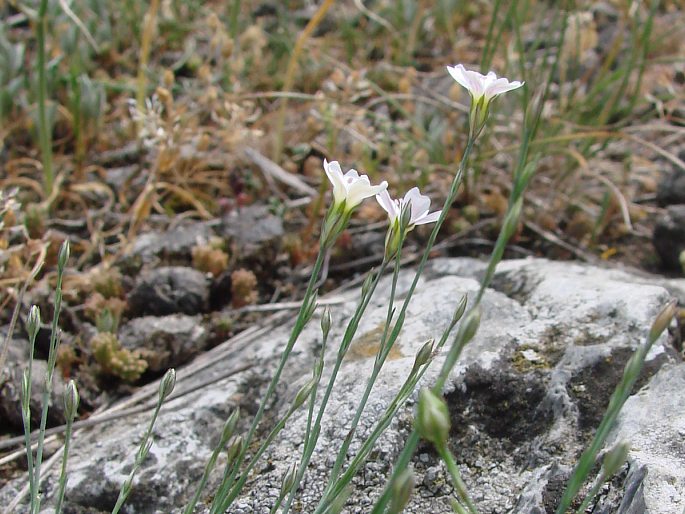
Distribution: Southern Europe and south of Central Europe (northward to southern Germany, Austria, Slovakia and Hungary), Asia Minor, the Caucasus, Iran. Introduced to North America (especially northeastern part of USA).
Ecology: It grows on rocks, sandbanks, from lowlands to mountains. It blooms from June to October.
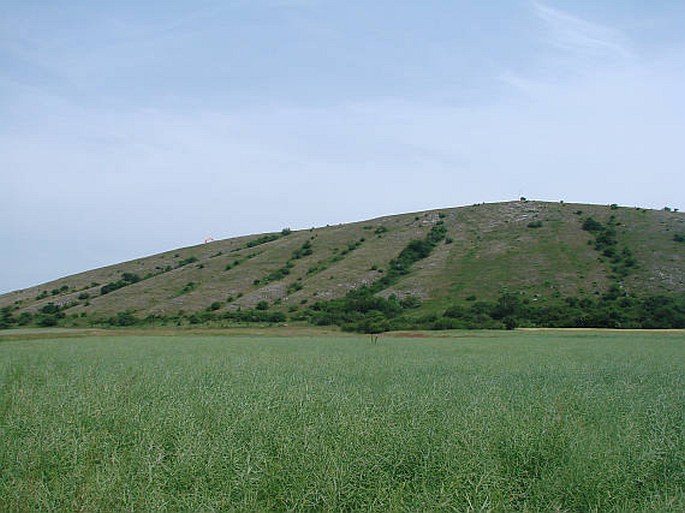
Description: Perennial herb with a woody base, 10–25(–45) cm tall, glabrous or pubescent. Stem prostrate to decumbent, much-branched, leaves linear, up to 3 cm long. Inflorescence a lax cyme, flowers with 4 bracts, pentamerous, calyx 3–6(–7) mm, teeth oblong, obtuse, 1-veined, petals 4.5–10 mm long, white or pink. The fruit is a capsule.
Use: The Tunic Flower is often grown as a rock-garden or border plant.
Note: This genus contains about 33 species, which are found in Europe, western Asia and northern Africa (introduced in South America, Africa, Pacific Islands, Australia).
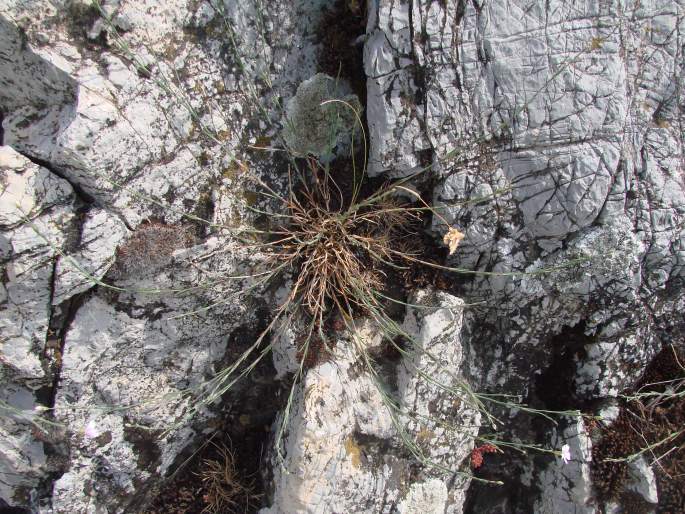
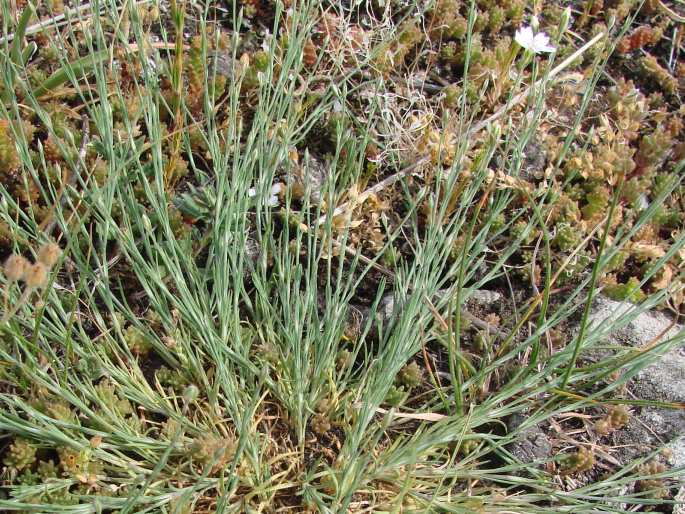
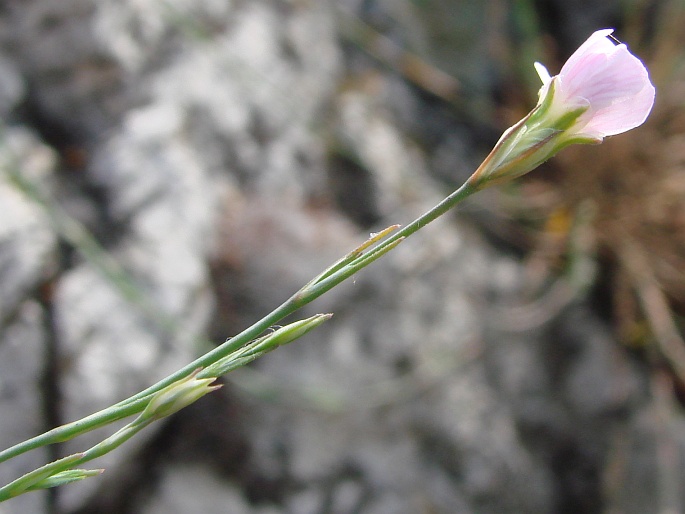
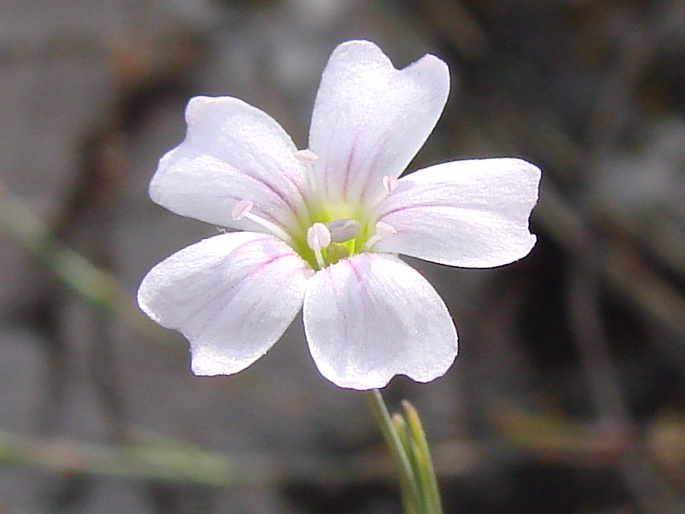
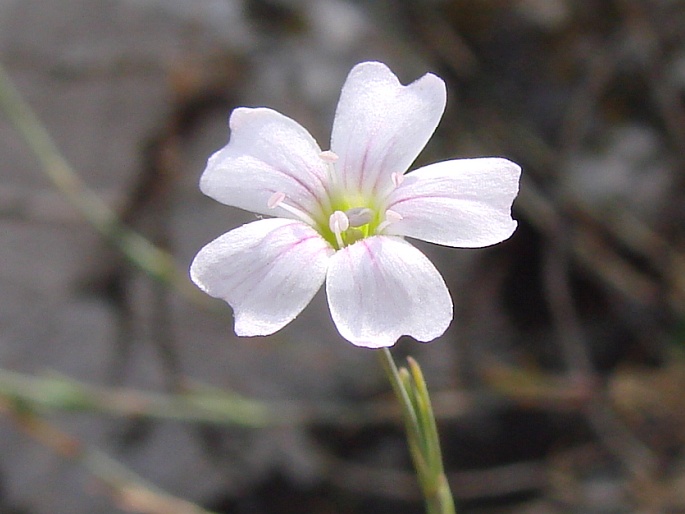
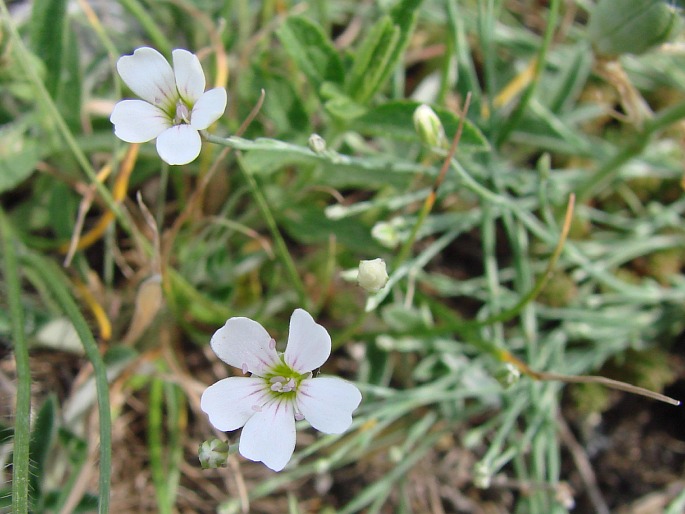
These images were taken in Austria, Hainburger Berge, Spitzerberg (1. 6. 2008).


